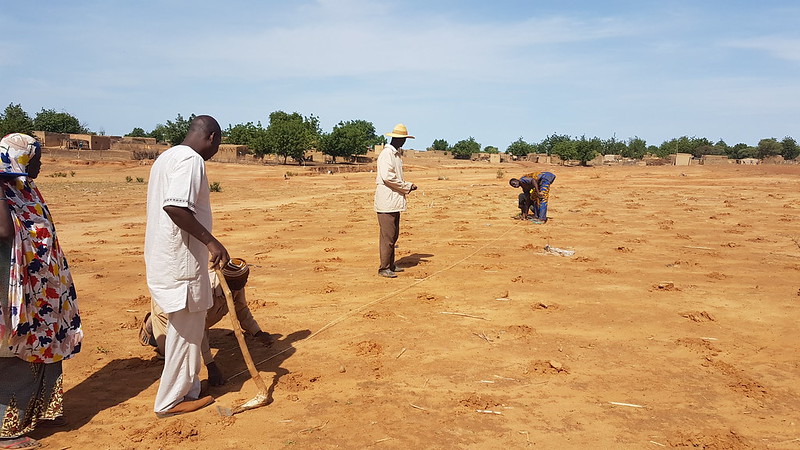Assessing Communities' Coping Strategies During the Current Drought in Somalia
The Somalia Resilience Population-Level Measurement Activity explores how households in Somalia are responding to the challenges of drought.
Image

As drought threatens the lives and livelihoods of millions of pastoralists and farmers in Somalia, communities and households are employing a wide range of resilience capacities to respond to the drought. Conversations with global and local aid actors, community leaders and program participants in Somalia helped to identify vital, short-term strategies that can address the immediate impacts of the drought, as well as long-term programming to strengthen household resilience.
Key Activities to Strengthen Household Resilience
- Invest in long-term, resilience-focused activities like Village Savings and Loan Associations (VSLAs) and savings groups.
- Align cash assistance activities with households’ debt cycle to increase effectiveness and take advantage of opportunities to bolster local markets.
As the likelihood of famine is rapidly becoming a reality, the Somalia Resilience Population-Level Measurement (RPM) Activity conducted a qualitative and quantitative study to understand if and how households are coping during the ongoing drought. RPM is a five-year, USAID-funded project coordinated and co-implemented by Mercy Corps. Through a five-year panel survey and recurrent monitoring survey (RMS), the project seeks to improve upon current resilience measurement approaches in order to inform program adaptation and better decision-making. In this first round of the RMS, the research team focused on agro-pastoral households living in select geographic zones, as they are the most severely affected by the drought.
Research Priorities
To understand the strategies considered effective, the initial round of qualitative data collection of the RMS consisted of interviews and focus groups and informed the design of a quantitative field survey to determine the prevalence of this behavior within the chosen subpopulation. The first set of learning questions below helped elucidate which capacities mattered for these outlier communities in the context of the current drought and to highlight opportunities for adaptation and investment.
- Who are the outlier communities in the context of the current drought? Which resilience capacities and resources are they using to respond to the current drought and how do these capacities and resources shift over time in response to different stages of a shock/crisis?
- At what point do outlier communities start depleting their existing capacities and start applying distress coping strategies? How can aid actors better monitor these signals?
- In what ways are outlier communities benefiting from nongovernmental organization (NGO)-led interventions to adapt to and cope with the current drought (and their ability to access/exercise critical coping strategies)?
Impact on Households’ Resilience
Research found that while these outlier households were equally impacted by the severity of the drought, their effective use of coping and resilience strategies allowed them to withstand its ramifications for much longer. They continue to fare better than the average household in their community, even as the drought stretches on, due to a number of factors, including access to credit and cash assistance and through diversifying their income sources.
The quantitative survey showed us that these outlier households in the sample exhibit higher levels of food security relative to typical households, with adults and children being more likely to have at least two meals a day. Furthermore, these outlier households were substantially more likely to report using the following capacities when compared to typical households: access to credit and borrowing (37% versus 8%) and finding casual labor opportunities in town (25% versus 4%). When looking at livelihoods, prior to the drought, typical households were more dependent on farming income than the outlier households, who were more dependent on business income. Farming income sources have fallen substantially since the beginning of the drought while business income sources are nearly unchanged.
While both outlier and typical households struggled to access credit at times, outlier households were able to find more local, informal sources of credit to cope with the drought. Overall, there were low levels of reported types of NGO support received, with the highest categories being short-term and long-term cash transfer programs (8% and 7%, respectively), and most were used to meet immediate needs or to pay back credit. These findings align with Mercy Corps’ research about greater reliance on markets, social networks and local support systems over traditional aid to cope with crises.
The RPM Activity is an Associate Award under the Feed the Future Kenya Livestock Market Systems Activity, a Leader with Associates (LWA) contracting mechanism, held by ACDI/VOCA. This LWA enables USAID Missions in the East Africa region to access specialized services. Learn more in the LWA factsheet.




